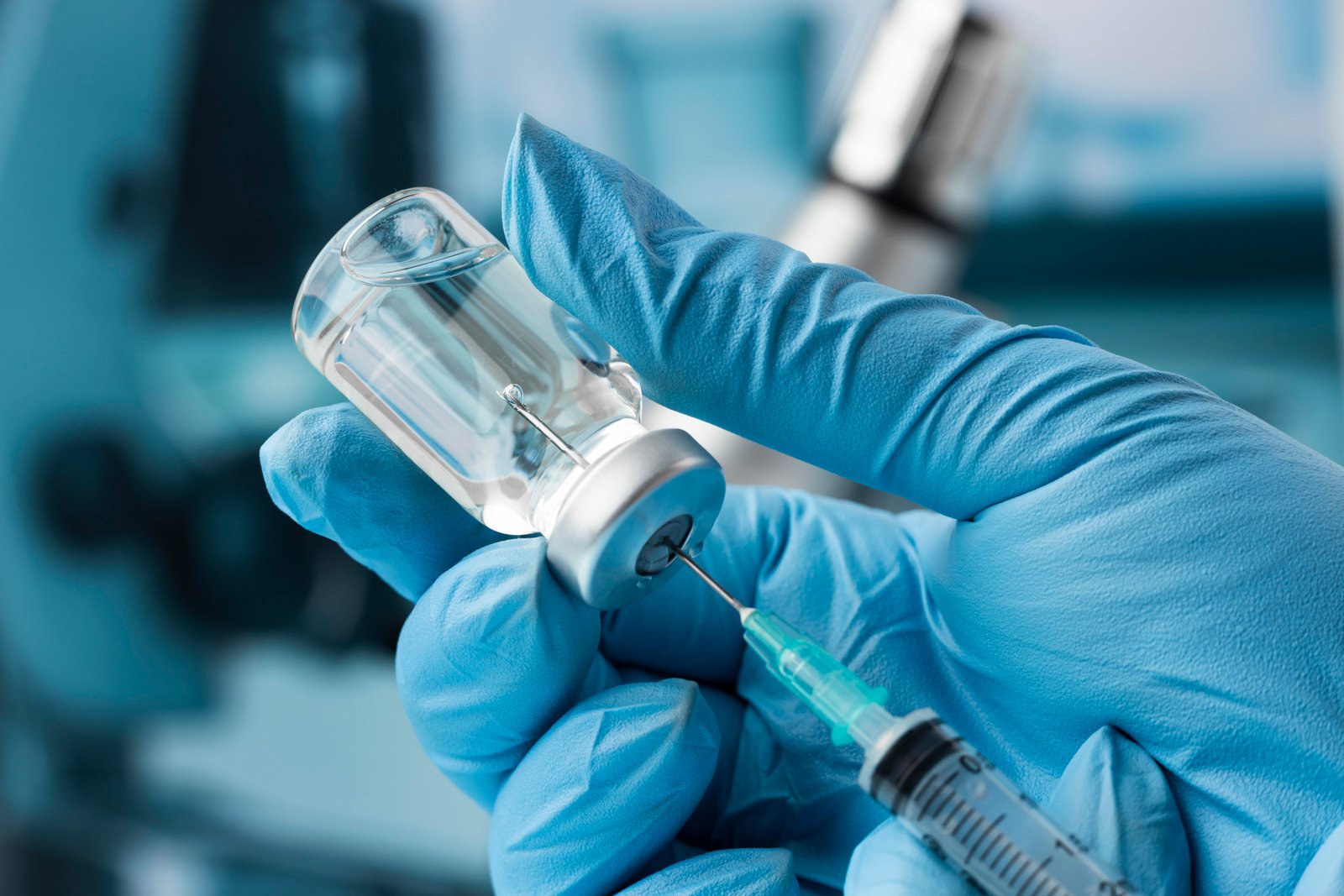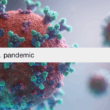
Vaccines are a cornerstone of public health, offering protection against various infectious diseases. This in-depth blog post will explore the crucial role of vaccines in disease prevention, emphasizing their importance in maintaining individual and community health.
Disease Prevention Vaccines: Stats
According to statistics:
Immunization against childhood diseases averts 4 million deaths annually worldwide.
Immunizations have the potential to prevent over 50 million deaths between 2021 and 2030.
The measles vaccination is predicted to save almost 19 million lives by 2030. Vaccinating against hepatitis B can save 14 million lives.
Understanding the Essence of Vaccines
What are vaccines? Vaccines are biological preparations that mimic disease-causing organisms, training our immune systems to recognize and combat real infections. They typically contain weakened or inactivated forms of pathogens or their components.
The Mechanism of Vaccination: Vaccination introduces these agents into the body, prompting the immune system to respond and build immunity. This process is a cornerstone of preventive health, reducing the incidence of vaccine-preventable diseases.
The Spectrum of Vaccines
Varieties of Vaccines: Vaccines come in various forms, including live-attenuated, inactivated, subunit, and mRNA vaccines. Each type is designed for specific diseases, with mRNA vaccines being a recent advancement, prominently used in the fight against COVID-19.
Vaccines for All Ages: The importance of vaccination spans all age groups. Children’s vaccination schedules include vaccines for measles, mumps, and rubella, while adults are recommended to receive vaccines for flu, pneumonia, and shingles, as per the adult immunization schedule.
Combating Vaccine-Preventable Diseases
Scope of Preventable Illnesses: Vaccines have been instrumental in controlling numerous diseases, from smallpox to polio. In recent times, vaccines for diseases like COVID-19 have highlighted the critical role of vaccination in disease control and prevention.
Public Health Impact: The widespread use of vaccines has led to significant declines in many infectious diseases. The efforts of organizations like the World Health Organization and the Centers for Disease Control and Prevention have been pivotal in this success.
The Policy Landscape of Vaccination
National Vaccination Strategies: In the United States, bodies like HHS.gov outline vaccination policies and schedules. These guidelines play a crucial role in disease control and prevention at the national level.
Global Vaccination Initiatives: The World Health Organization leads global vaccination efforts, aiming to control and eradicate infectious diseases worldwide. These efforts are vital for global health and safety.
Delving into the Science of Vaccination
Immunological Principles: Vaccines work by simulating an infection, prompting the immune system to develop a memory of the pathogen. This immunological principle is fundamental to the success of vaccines in disease prevention.
Innovations in Vaccine Development: Recent years have seen significant advancements in vaccine technology, including the development and deployment of mRNA vaccines, which have offered a new avenue in the fight against pandemics like COVID-19.
Addressing Challenges and Hesitancy
Combatting Vaccine Hesitancy: Misinformation and skepticism about vaccines pose significant challenges. Education and transparent communication are key in addressing these issues and encouraging widespread vaccination.
Ensuring Equitable Access: Global access to vaccines remains uneven. Addressing this disparity is crucial for effective disease control and prevention, especially in low-income countries.
Looking Ahead: The Future of Vaccines
Emerging Trends in Vaccine Technology: The field of vaccine development is rapidly evolving, with research focusing on more personalized vaccines and novel delivery methods.
Preparation for Future Health Crises: The COVID-19 pandemic has underscored the importance of preparedness. Learning from this experience is crucial in shaping future strategies for pandemic prevention and control, with vaccines playing a central role.
Frequently Asked Questions
What are the types of vaccines?
There are various vaccination kinds, such as:
vaccines that have been inactivated.
live-attenuated immunizations.
mRNA (messenger RNA) vaccines.
vaccines containing subunits, recombinants, polysaccharides, and conjugates.
vaccines containing toxins.
vaccinations using viral vectors.
Which prevention is vaccines?
Primary Prevention
It often involves implementing measures to reduce risk exposure or boost immunity in those who are susceptible to disease in order to stop a disease from developing in a person who is vulnerable to subclinical disease. As an instance of primary prevention, vaccinations.
What is disease prevention immunization?
Every year, vaccinations prevent deaths from illnesses like measles, influenza, pertussis (whooping cough), tetanus, and diphtheria in people of all ages. It is among the most economical and successful public health initiatives.
Conclusion: Vaccines as a Pillar of Health and Prevention
Vaccines have revolutionized public health, offering protection against a range of infectious diseases. They are a key component in disease prevention and control strategies, significantly reducing the prevalence of serious illnesses. Ongoing research and global collaboration continue to enhance the efficacy and accessibility of vaccines, underscoring their vital role in safeguarding health.



